
And then we think about the things that we were worried about before we worried about the virus, like the climate crisis, and we feel a whole new level of concern. Or we feel nothing, as our worry capital has been spent.
The good news
But amidst the difficult news, there is good news that needs to be reported: there are people who have been quietly and proactively taking climate action at their jobs. Some actions have been big, profound, and changed the way their companies have operated. Other actions have been seemingly small but have set the foundation for more to come.
Who are the people taking action? They are typical everyday office people. Some are senior and seasoned. Others are in the first year of their careers. Some are in academia. Some have been taking action for years and others have just started.
Eleven ambassadors of The Hive Initiative, a non-profit that supports individuals who take climate action at work, have been interviewed for this article. The following are six insights drawn from their experiences.

Insight 1: Organizations are ready for–and supportive–of employee-led climate initiatives.
The notion that companies might be inherently resistant to implementing climate-friendly measures is a misconception and one that often holds people back from initiating changes. But all ambassadors reported that their companies were supportive of their ideas and actions.
For Emily Lin and Idun Aune, service designers at Idean, their work to bring Planet-Centric Design thinking to the company had an immediate and enthusiastic response. As Idun puts it, “Growing from a personal project to getting local, and then global acknowledgment and mandate, Planet Centric Design is now one of six strategic areas in Idean. We are now a community of 120+ designers inside the company working to develop this. This has all happened within a year, and it is truly amazing.”

This response shows that much as many individuals feel an urge to act, companies are also ready. It has become a matter of how to get started and integrate it into everyone’s work.
Jimmy Byrum, an engineering manager at Vipps points out, “I think we all have this thought in our mind like we’ll be annoying everyone by suggesting changes, but often lots of people want the change and are nervous about suggesting it.”

Insight 2: Creating a culture shift can be as simple as starting a Slack channel. Or holding a climate action event.
Hanne Wetland, a business designer at Knowit, found that many people were motivated to help with taking climate action and were just needing an opportunity. One of the first steps she took was to create a slack channel to locate interested people and get the conversation started. This led to an increasingly active community that works to integrate circular design methods into the work they produce and sustainability into their day-to-day operations. For her, baking climate action into her work blossomed from a self-initiated grassroots effort to an official charter anchored with the leaders of her company.
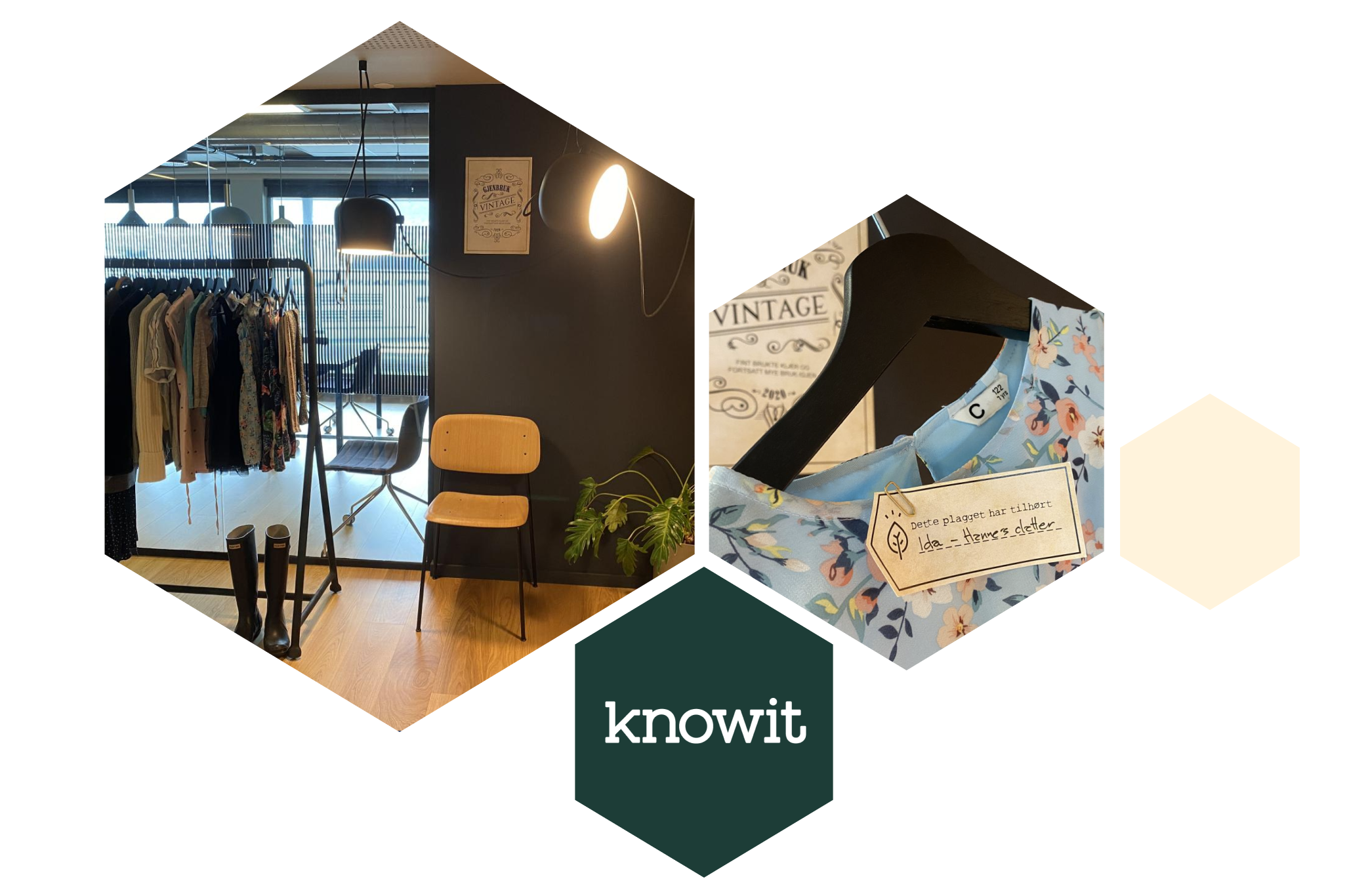
For Live Kvelland, André Kennedy, and Zhi Wang of Making Waves, their self-initiated climate action kickoff event was attended by dozens of people and resulted in ideas for both how to run the office in a more climate-friendly way as well as ideas for how to bake action into their client projects. As Live put it, the most successful approach to creating a culture shift was “Talking with people. Period.”
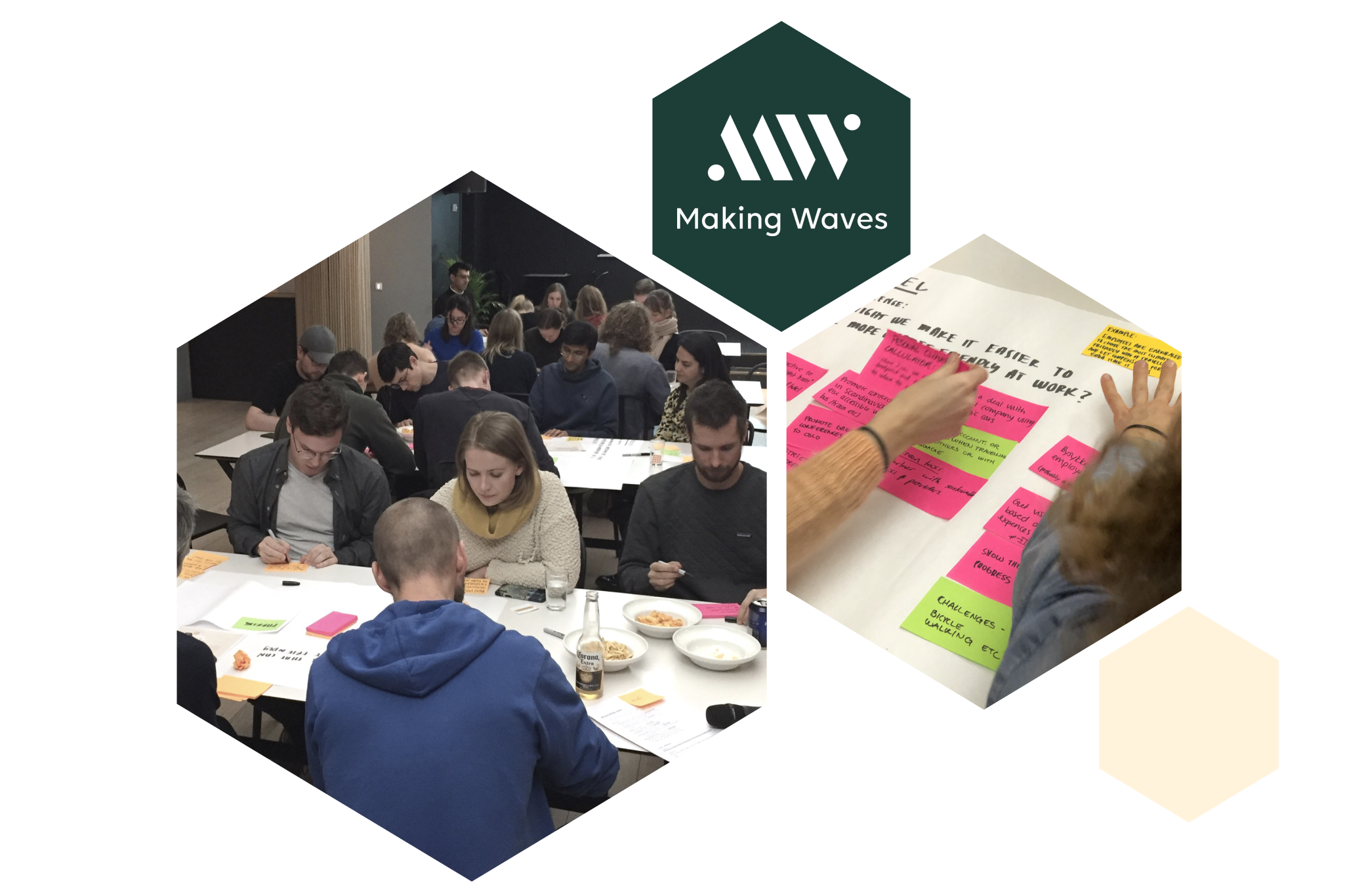
Similarly, for William Chaumeton, a digital designer at EGGS Design, having internal discussions on climate topics has been invaluable–both for his company and for their clients. He notes, “Once we were all educated, we were able to go out and use what we knew to convince clients of the importance of [climate] considerations.”
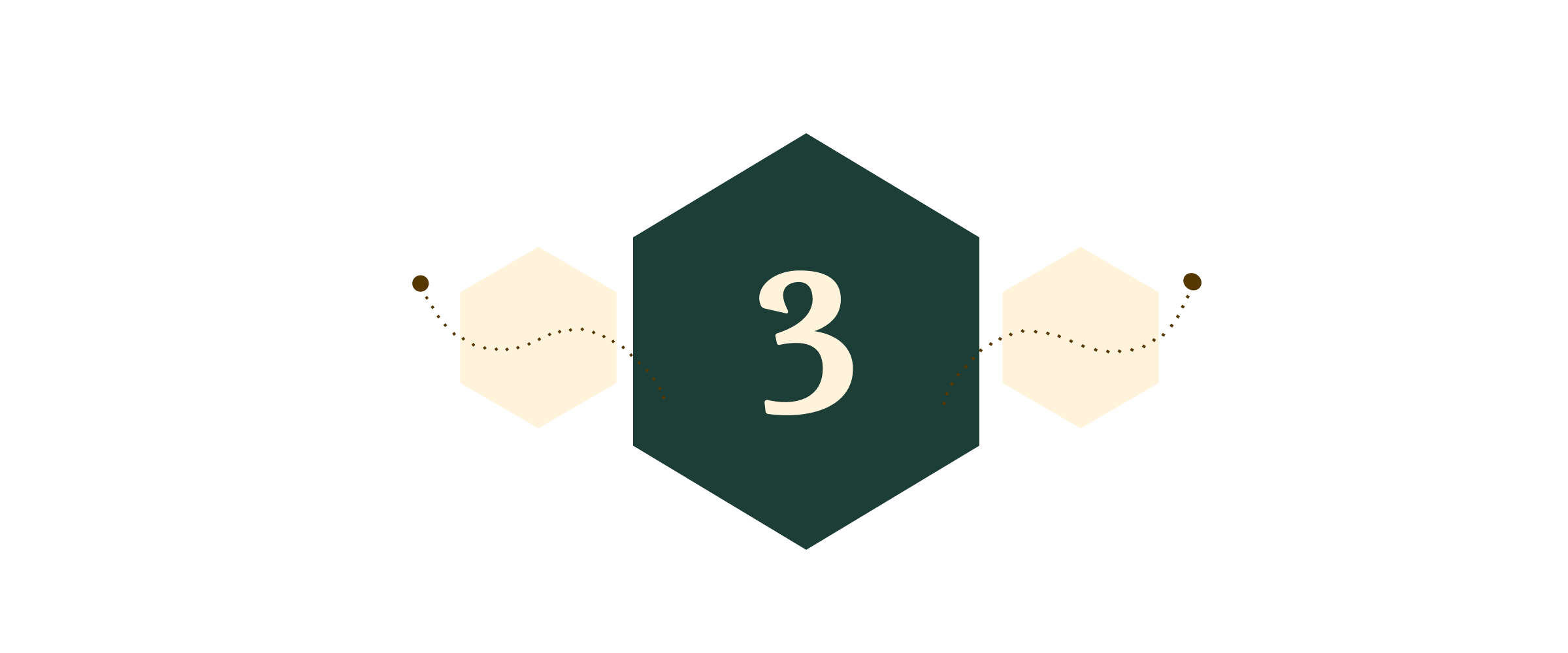
Insight 3: Having the climate in the back of your mind results in real action.
There is a fear that committing to including the planet as a stakeholder into our work requires a complete and uninterrupted focus on it. But the ambassadors found that not to be the case.
Nicolas Tonne, a software engineer at VG Lab, is working on an app to help electric vehicle drivers find power sources. He has found that after making the mental commitment, he is now naturally including planet impact into his day-to-day workflow.

For example, in his app project, he was able to identify ways to make the product even more planet-friendly by asking “Could we promote chargers delivering sustainable energy in some way? Tweak our algorithms? Give users the option to filter out non-sustainable sources? I think these things will not only create awareness around differences in energy source sustainability but also make an actual difference in pollution.”
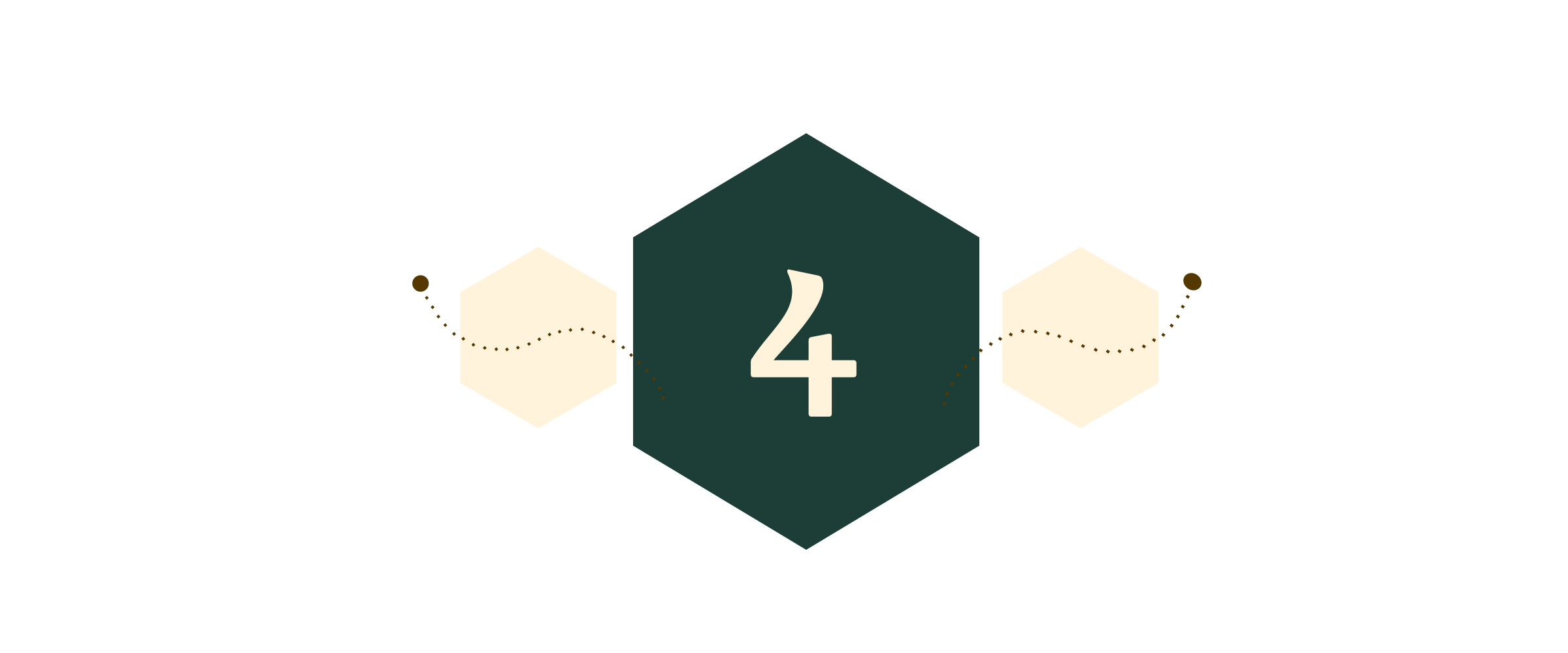
Insight 4: The vast amount of work that needs to be done is the biggest challenge to action.
Several of the ambassadors noted that they are struggling to try to manage action at their office while at the same time developing it within their daily work.
For Hanne Wetland, “What’s become clear is that we need someone to own the operational side of sustainability (setting policies on flights, waste management, office certifications) in addition to the client-based side of sustainability, which is the area I am most focused on.”
Live Kvelland felt similarly, that “the biggest challenge has been to balance the climate work with our work as consultants.” To her, the next step for companies would be to hire a role specifically devoted to the task, with dedicated time and a dedicated mandate.
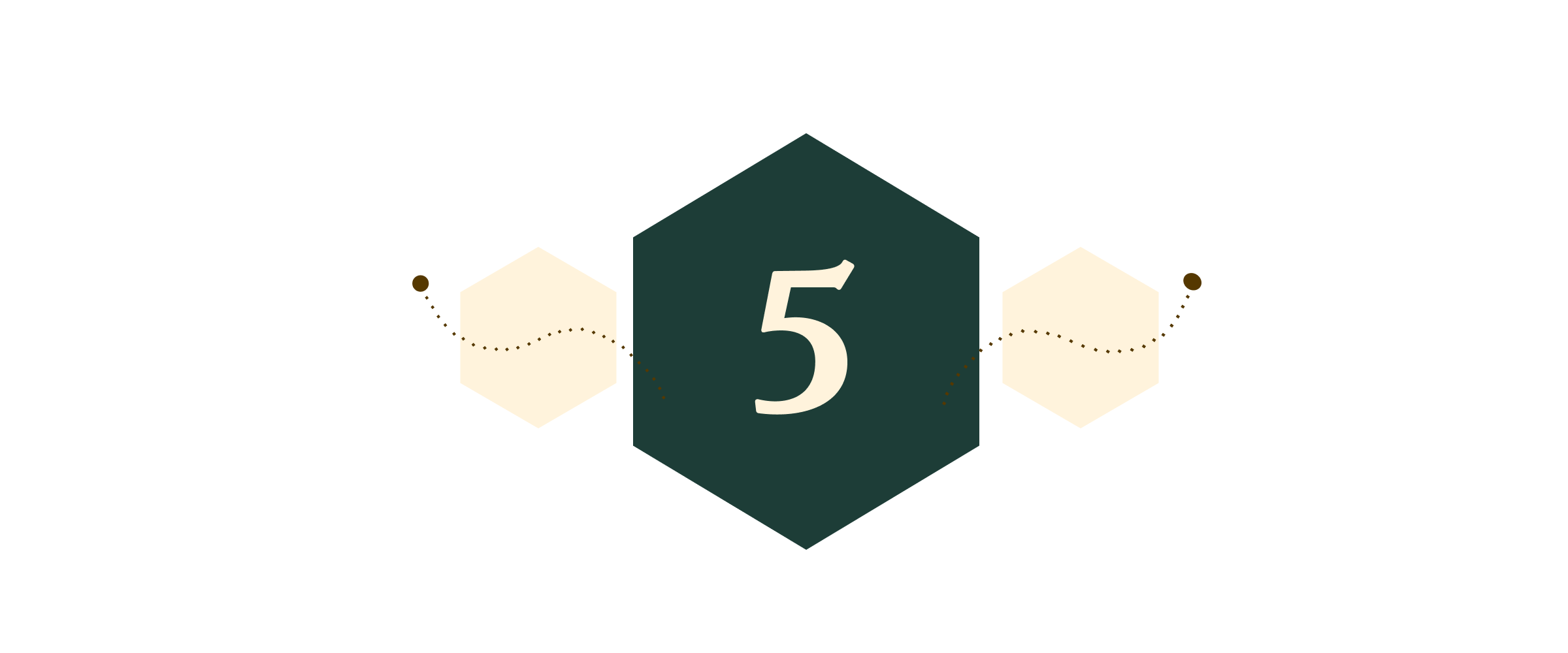
Insight 5: Workers want more–and more strict–standards set.
Many of the ambassadors reported that it is not easy to know the right choices to make when including planet impact into their work. Tight deadlines make for little time to research and the lack of agreed-upon standards makes it difficult to build a case to convince colleagues and clients of better choices.
Zhi Wang wishes there were more climate guidelines to help give her direction in her work as an interaction designer. “It would be nice to have more industry standards, similar to the Web Content Accessibility Guidelines. I wish there were standards to define how ‘green’ a workplace is and how ‘green’ a digital product is.”
Live Kvelland echoes this as she struggles to figure out a meaningful approach to how to include the climate into her work. As she notes, “The link is not always evident, and there are many ways to do it.”
In addition to this, workers want companies to give the mandate to bring protecting the Earth into their work beyond simply hiring a few select people to do the job.
Idun Aune wants “Corporate Social Responsibility departments to be something of the past, as a result of businesses integrating this practice into their core, making sustainable business the only way of doing business in the future.”
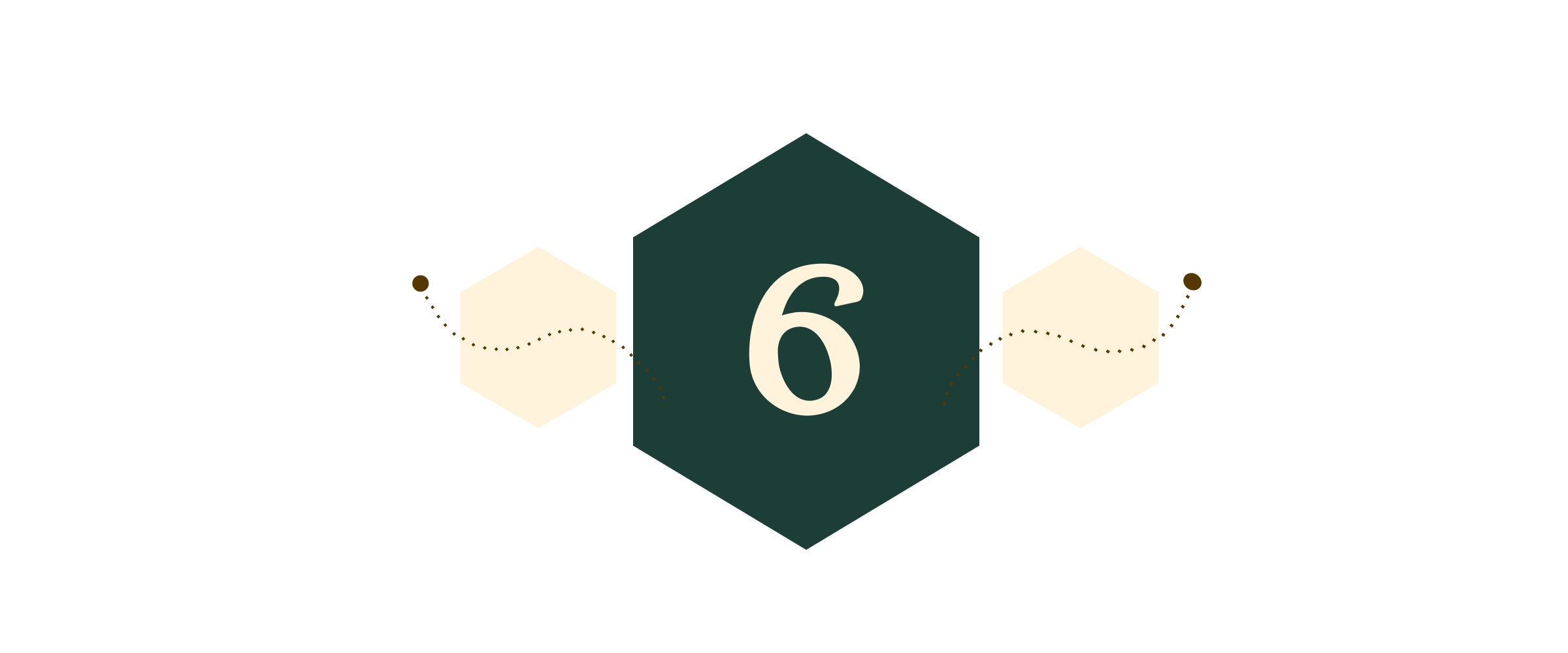
Insight 6: The employees of the future are working now to reimagine it.
Both Jomy Joseph and Svein Kjøde are studying how we might redesign the ways of working in the business world.
Jomy is a PhD fellow at the Oslo School of Architecture and Design and is researching how the industrial design field might be able to adapt itself to create a more hopeful, long-term sustainable future by including ideas like designing for the biosphere.
Svein Kjøde is a PhD student of the Sustainability Lab at the University of Oslo. His study is focused on the role of design — especially in the early, strategic stages — in creating more sustainable services and products.
The outcome of their work has the potential to inspire a future of truly green business strategies and product designs.
The takeaway
In a moment of strife and stressful news, it’s important to know that the climate culture shift has started and people are independently and proactively taking action. As these ambassadors show, it doesn’t take anything more extraordinary than a mental commitment and some beginning actions.
In the coming weeks, we will be highlighting each of these climate ambassadors, sharing their stories, getting detailed advice based on their experiences, in the hope that others can learn from them and build upon them.










